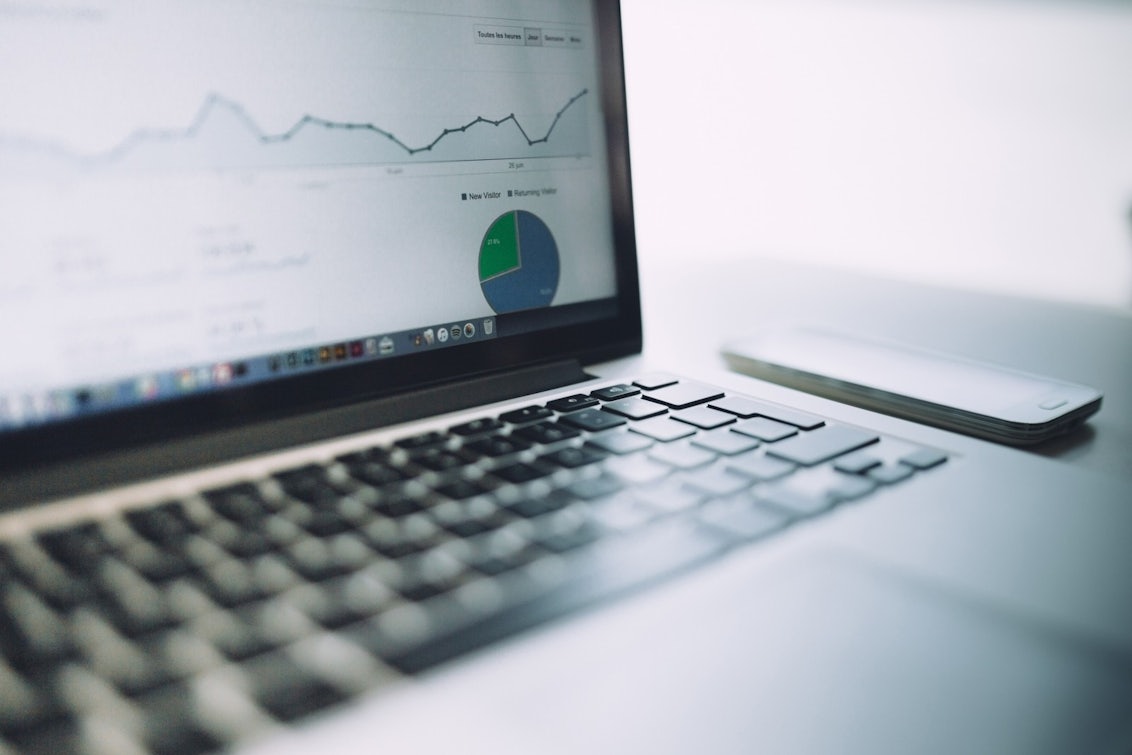Ed kicked off an awesome talk about programmatic with a history of the ad solution before kicking it back to the present and talking about the future of the industry:
- Where it began
- Journey so far
- Our vision is a reality
- The future
What is programmatic?
“Programmatic” is a hot topic, a buzzword, but still not all advertisers know what it means (yet).
It’s an automated method of buying digital advertising. It’s not just display, though when used online at present, it usually is. Display has been around for a long time, too, the first ad was published in 1995!
Programmatic can refer to a number of things, as Ed goes on to explain, but in essence, it’s the automated way of buying ad inventory, generally on a CPM basis. It’s bought in real time based on an individual user (or smallish audience) — not a mass targeting approach at all.
Within programmatic, there’s a variety of targeting techniques. Some are behavioural, but it can also be mixed in with all sorts of data sets. You can enrich your data with actions your customers take on and off your site. There’s lots of data available out there!
Where did it begin and why is programmatic so prevalent?
Supply exceeded demand in advertising in the noughties. Publishers love monetising their site, but there wasn’t previously a way to fill this ad inventory at the same pace that publishers wanted to. So programmatic came along and solved this by providing a mutually beneficial way to buy remnant inventory.
This is how ad buying works (simplified) without programmatic.
- User visits a search engine
- User enters a query
- Bids are fixed based on targeting
- User shown an ad based on a real-time bid and quality
But then with an element of programmatic in your advertising toolbox
- User visits a site (with ad space available)
- User details are passed to traders in real time
- Bids are fired based on targeting (taking in to account all available data)
- User shown an ad based on a real-time bid
Display advertising has been around for quite a while. Typically, historically it was on a per site basis and each 1000 impressions were a flat cost. Ed’s example was of a large newspaper — advertisers would have previously assessed all ‘Femail’ (Daily Mail) readers were female, but that’s obviously not the case. Given that example, you can see that “old display” is actually perhaps a poor form of targeting afterall!
Some people have been burned by old school display but proper attribution and decent programmatic will be revolutionary to these advertisers.
To succeed as an advertiser, you really need to treat users as individuals. Only pay what it’s worth for the ad impression, too. That way, your budget can be spent elsewhere with your savings.
The journey
- Tech tied it all together
- Content and search behaviour drives what is created
- Audiences are created and sold based on popularity
- It’s only going to grow further
- (Goes beyond first party data as well)
Ed predicts, that in the next 5 years, programmatic ad spend will grow to over $150bn across additional media types; video, display, outdoor, radio, journalism, tv, etc, etc.
But looking back, what did we want to achieve?
- Multi-channel planning – don’t keep stuff in silos!
- Centent driven creative (i.e. live weather, dynamic pricing, etc) Check out Monarch’s example here when you look to book a flight soon!
- CRM integration – Don’t underestimate what you have. First party is the best and most valuable type of data you can get.
- Enhanced targeting – Tap into third party data. I.e. mastercard data, mosaic data (offline research and online targeting). Could go on and on! Really drives home that the creative needs to be so tied into that user to keep relevance.
- Strategy – Deploy strategically. Don’t just show an ad because the user’s there. Right message at the right time. Upsell after one product has been purchased.
The future
Outdoor – Recently over 500,000 outdoor ad spaces were categorised and coded with a number of parameters ready for a more programmatic approach. And it’s already happening — last year Diageo fired OOH ads when it was warmer than 16 degrees pointing punters to their closest pub!
Journalism – mobile, native content. For example, programmatic could enable publishers to show different stories depending on who you are.
TV – Sky is actually already leading this. The network can actually already differentiate ads for the audience. Based on what you’re watching, show different ads across your subscriptions
Radio – Being able to receive different ads based on who you are.
Right now, there’s actually very little in the way of setting programmatic providers apart so really the burden of setting your campaign apart rests on the decisions of the individual running the campaign. Efficiencies can be made in the strategy and execution rather than the platform choice, in essence.
In the Q&A, Ed said that human intervention will be key. Machines alone won’t give great results. I.e. advertising when the weather’s changed. Smart advertisers will protect themselves, be smart, and use the best solutions available to them. It’s not yet just plug and play.
Summary: People will be the differentiating factors in terms of success going forward.



